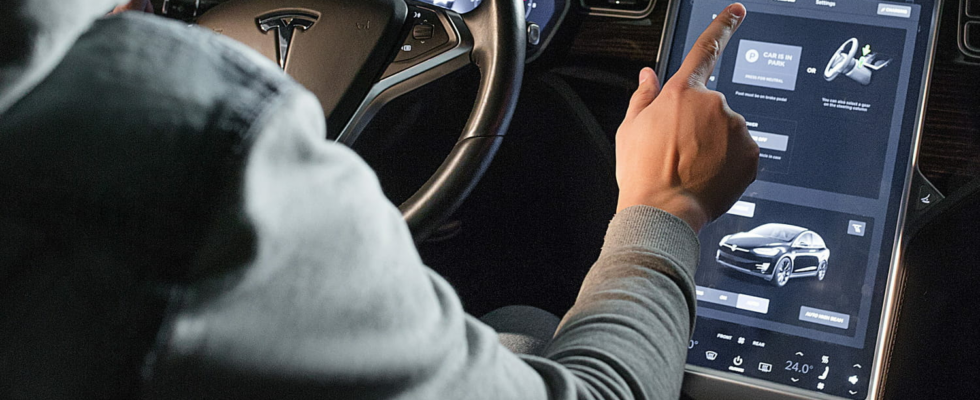A recent survey reveals that many motorists attracted by the electric car are ultimately considering returning to a good old thermal vehicle. A surprising disappointment which can be explained by several reasons.
Electric cars are attracting growing interest among motorists. It must be said that it has many advantages to put forward compared to its ancestor, the thermal engine automobile. In terms of comfort for the driver, electric vehicles are not only very quiet, they do not emit unpleasant-smelling exhaust gases and they offer exemplary responsiveness thanks to the instantaneous torque allowed by the electric motor.
These vehicles are also interesting from a financial point of view, because they consume less energy per kilometer traveled, once again thanks to the electric motor whose energy efficiency is much better than that of the internal combustion engine. Finally, electric cars are more ecologically virtuous in use, because they do not emit any greenhouse gases when they are in circulation.
Despite these qualities, electric vehicles are still struggling to fully establish themselves against good old thermal cars. In particular, the purchase cost is still very high, 25% to 50% higher on average compared to a diesel or gasoline vehicle of the same type, even with public aid for acquisition. Thus, electric cars represented only around 16% of new vehicle sales in 2023, with strong disparities depending on the region.
An honorable score, but very far from the objectives displayed by most States in terms of energy transition. And a recent survey, carried out by the firm McKinsey & Company, could further darken the picture. This in fact reveals that, among drivers who have taken the plunge into electric cars, around 30% would consider returning to a thermal vehicle during their next purchase. A significant part, therefore, and a rather unexpected result.
Several reasons are given to explain this turnaround. The main one is the current unsuitability of infrastructure dedicated to electric vehicles, and in particular the insufficient number of charging points. In France, for example, the number of terminals installed is estimated at around 120,000, with a very uneven distribution across the territory, while at least 400,000 are needed by 2030 to achieve the objectives set by the Government.
The other reasons given are the autonomy, considered insufficient by the majority of drivers, and the battery charging time, considered too long by many motorists. Although impressive progress has been made in this area in recent years, these aspects still seem to constitute constraints that are too heavy for many people, some of whom had nevertheless taken the plunge into electric technology.
We must of course take the McKinsey survey with caution, as it may be biased, unrepresentative or even of poor quality. However, she emphasizes that the mass adoption of electric vehicles will mainly depend on investments made by public authorities and manufacturers in infrastructure rather than on the individual goodwill of motorists.
